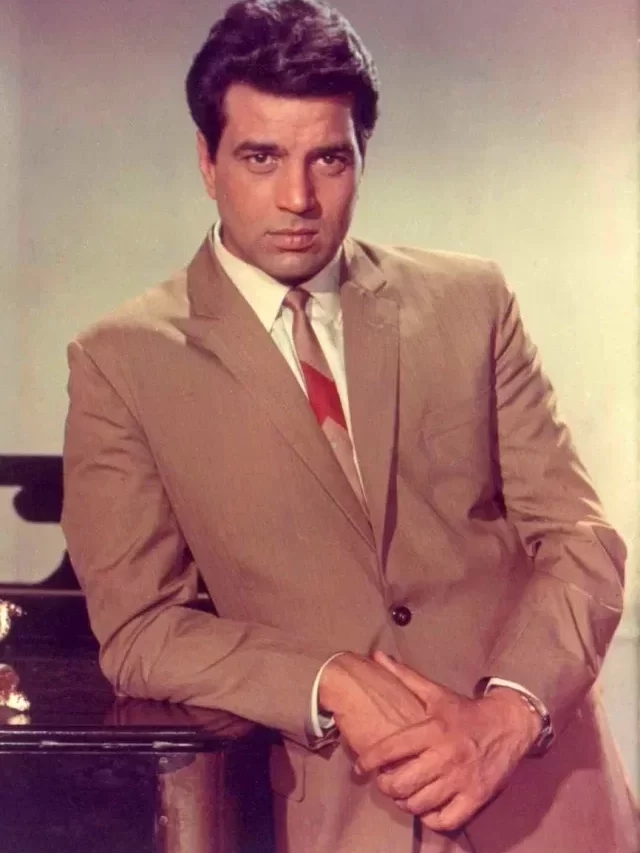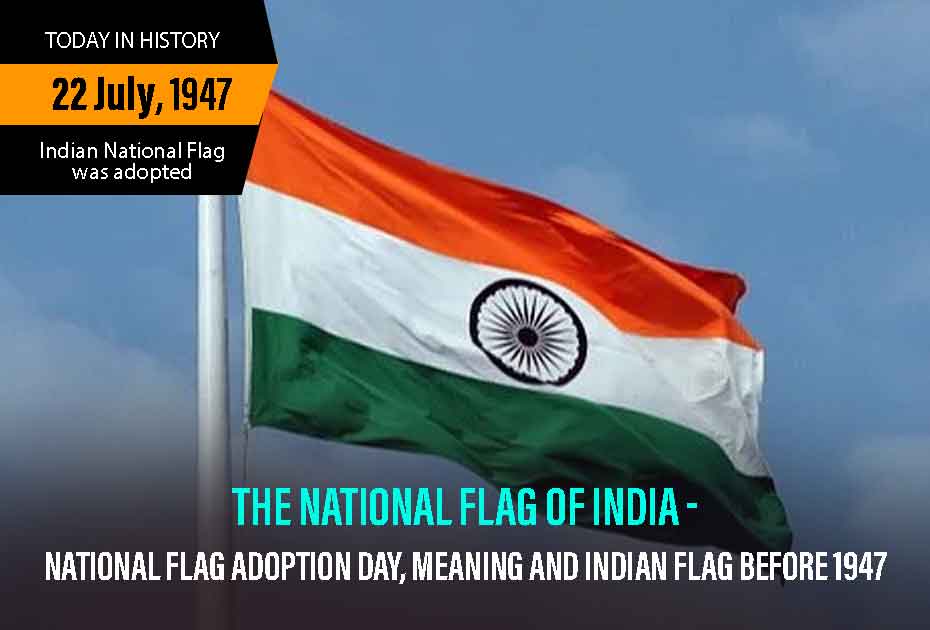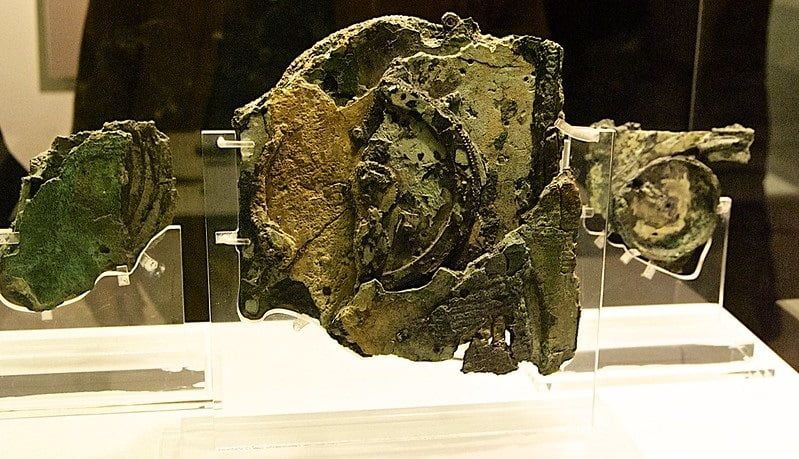The National Flag of India has quite the historic significance. The flag we are accustomed to now is not what it used to be. The Indian flag before 1947 saw its inception decades before the National Flag Adoption day took place on 22nd July 1947. You’d be surprised to know who the National Flag of India is designed by, especially when we take into consideration the Indian Flag colours Meaning. With a country as enriched and historic as India, its flag too shall carry considerable meaning all thanks to the visionary Pingali (or Pinglay) Venkayya. There’s more to the story. Let’s get into it.
The National Flag Of India
The saffron (Kesari) at the top, white in the middle, and dark green at the bottom make up the horizontal tricolour that serves as the National Flag of India. The width to length ratio of the flag is two to three.
The navy-blue wheel in the center of the white ring represents the chakra. Its design is reminiscent of the wheel on the abacus from Ashoka’s Sarnath Lion Capital. The width of the white band is roughly the same as its diameter. In India, the term “tricolour” typically refers to the national flag.
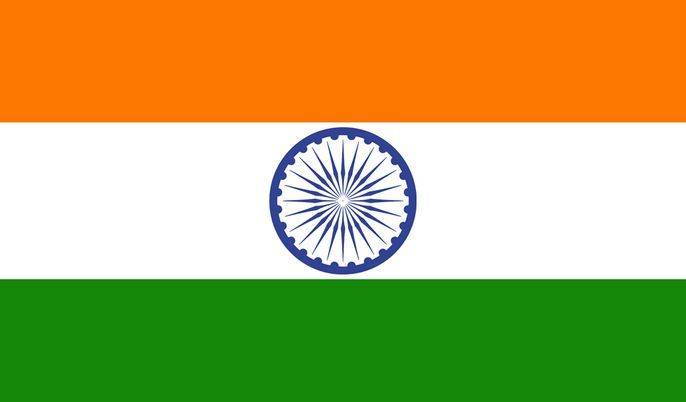
The Swaraj flag was designed by Pingali Venkayya for the Indian National Congress and is the model for the current National Flag of India. Know about the National Flag Adoption day in the next section.
National Flag Adoption Day – What Happened On This Day?
For a long period, India was under the control of the British Empire. India suffered much during this time. August 15, 1947, the day we gained our independence, was like a grand celebration for all Indians.
Upon the declaration of Indian Independence, freedom fighter Pingali Venkayya suggested an Indian flag. On July 22, 1947, 24 days before India attained independence, the Constituent Assembly authorized this flag.
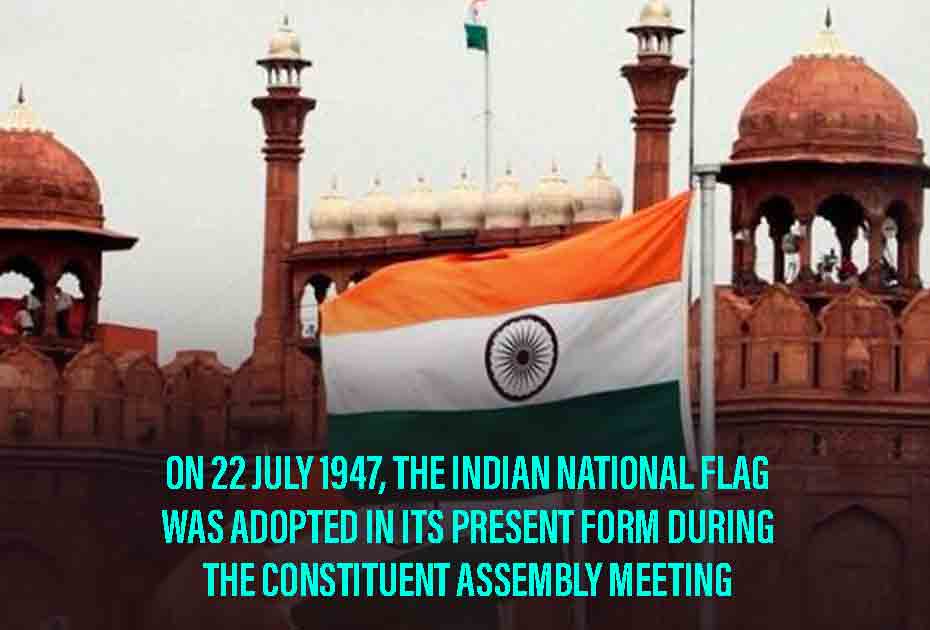
In its current form, the National Flag of India was accepted by the Constituent Assembly on July 22nd, 1947. This was when the National Flag Adoption day took place. India’s national flag was first adopted, it looked substantially different from the one that is flown today. Instead of the Congress flag’s rotating wheel, a Chakra or a wheel from Ashoka’s Lion Capital was used. The chakra was chosen as a way to represent dharma and law, adding further meaning to the National Flag of India.
Also Read- Jawaharlal Nehru Speech On 15 August 1947 And Jawaharlal Nehru Speech
Designer Of National Flag Of India
The National Flag of India is designed by Pingali Venkayya. The designer of the National Flag of India, Venkayya, first came up with the design of the Indian flag which was sent to Mahatma Gandhi in 1921.
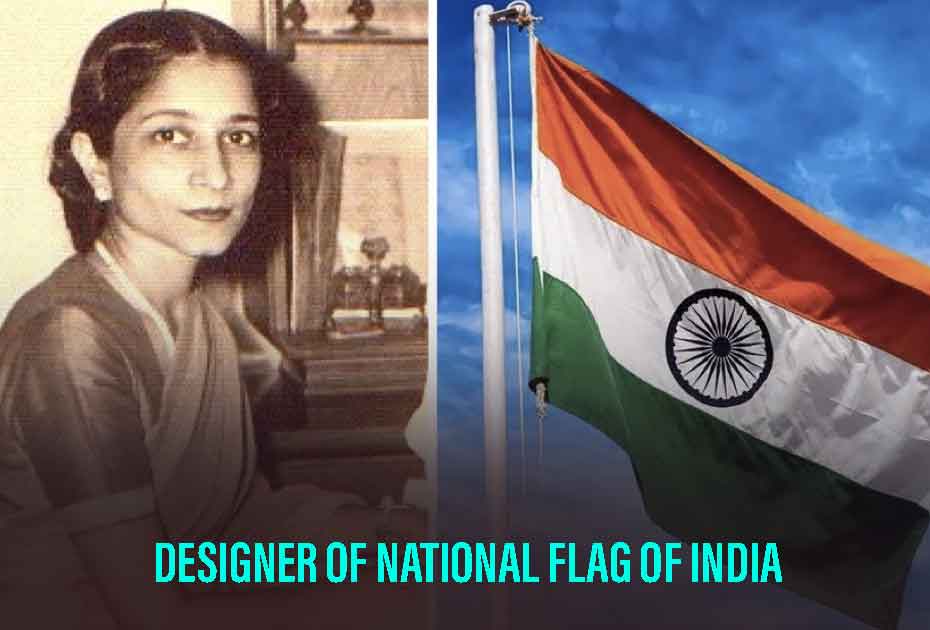
Islam and Hinduism were represented by the two great religions’ respective colours of green and red. It was Lala Hans Raj Sondhi who suggested that the traditional spinning wheel be added to the centre of the National Flag of India. Gandhi also did some alterations to the flag by adding a white stripe in the centre to represent India’s many religious communities, making the spinning wheel’s background prominent and more meaningful.
Hence, the National Flag of India is designed by Venkayya who was a true visionary of his time and envisioned a secular country represented by a flag that, too, is representative of all sections of the society.
Indian Flag colours Meaning
The Indian Flag colours meaning is of utmost importance and relevance to what it represents for our country and how it does so. The colours are important as the top saffron indicates the strength and power of our nation, the white is in reference to peace, stability, harmony, and truth and the dark green symbolizes the growth and significance of the Indian lands.
The Dharma Chakra in the middle is also known as the eternal wheel of Dharma or duty. The Indian flag colours meaning adds to the sentiments of the nation and represents its ideals quite well.
Also Read- 10 Interesting Facts About Republic Day
Indian Flag Before 1947 – Indian Flag History
The Indian flag before 1947 was quite different from the one we are used to seeing. In fact, there have been many variants of flags that represented India which varied across religions, customs, and traditions of that time. Hence, the Indian flag before 1947 was a culmination of the traditions of those times. Before the Indian independence movement, the rulers of many princely states flew a variety of flags; during the uprising of 1857, the British rulers of India first suggested the idea of a unified Indian flag. The first flag resembled based on western heraldic customs.
Then, early in the 20th century, the region’s nationalist sentiment started to affect representation through religious practice. Among the emblems on the flags back then were the Kali and Ganesha signs. Another suggested sign was the cow, also referred to as Gau Mata.
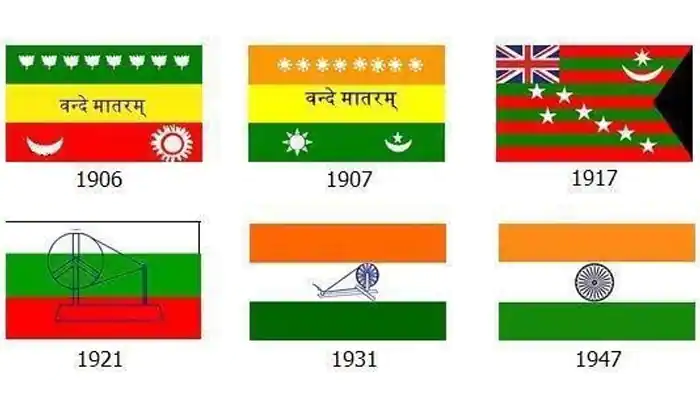
A few decades later, a new flag — the Vande Mataram flag, was created in 1905 to represent the Independence Movement of India, which intended to unite the nation’s various classes and races. In April 1921, Gandhi proposed a flag featuring the charkha, or spinning wheel, at its center.
On June 23rd, 1947, the legislature established an ad hoc committee with Maulana Abul Kalam Azad, Sarojini Naidu, C. Rajagopalachari, K. M. Munshi, and B. R. Ambedkar asked its members to choose a flag for independent India.
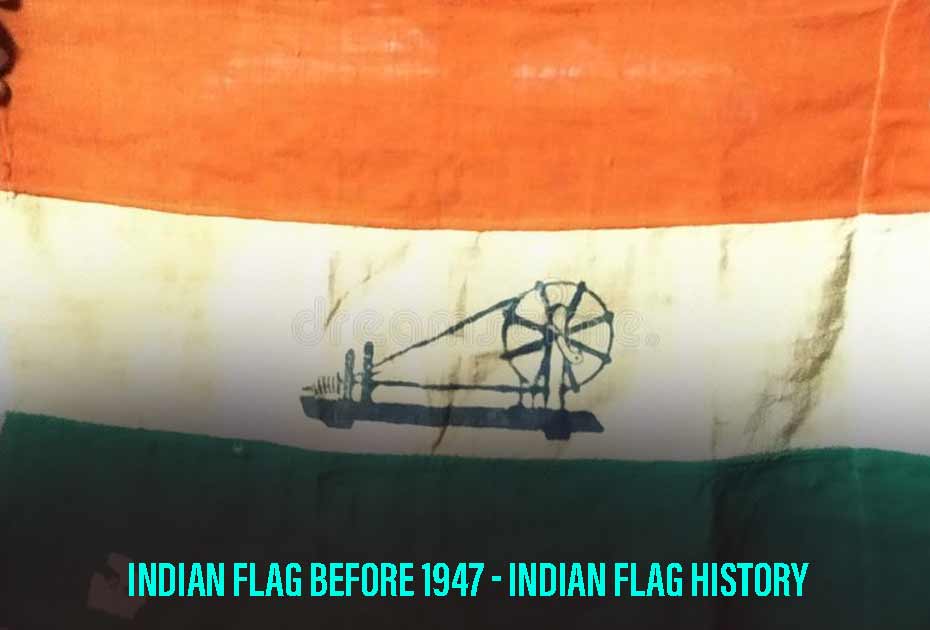
The committee recommended adopting the Indian National Congress flag as the nation’s flag on July 14, 1947, substituting the Ashoka Chakra for the Congress flag’s spinning wheel. Hence, The National Flag of India was adopted in its present form during the meeting of the Constituent Assembly held on 22 July 1947. Hence, the Indian flag before 1947 and the one we are accustomed to now have a long history in between.
Also Read- Why Dr BR Ambedkar Was Famous And The Role Of Ambedkar In The Indian Constitution
Conclusion
At the trajectory of its existence, the National Flag of India has undergone several alterations, modifications, and improvisations — and led to Indians having a flag they can truly resonate with. India is a diverse country, with diverse people who have diverse needs and the National Flag of India succeeds in providing them justice.
The designer of the National Flag concentrated a lot on the Indian flag colours meaning. Overall, how the Indian Flag before 1947 was quite different from how it is now — these are aspects of our National Flag that exceed our respect and admiration. It makes us realize the importance of documenting history.
For more articles, visit Discover

